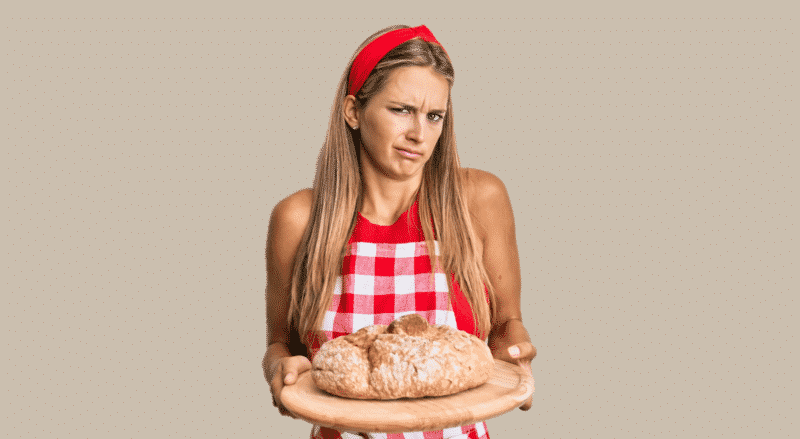
Bread is a staple food in many households across the globe. There are so many different types of bread. Just a few of these types are ciabatta, sourdough, focaccia, multigrain, and brioche.
Some of your favorite types of bread might be dusted with flour, which gives the load a rustic appeal. Many bakeries do this to tell different kinds of bread apart.
The mold that grows on bread is usually white, making it difficult to know whether white spots on your bread are mold or just flour.
Since it can be pretty tricky to tell the two apart, we have included some tips and tricks below.
White Spots on Bread – Mold or Flour?
1. Scrape the White Spots
One of the easiest ways to tell whether the white spots on bread are mold or flour is by scraping it off with your finger.
It would be best if you can tell from the texture of the white spot, whether it is flour or mold. If the white spot feels powdery and fine, then it is probably flour.
However, if the white spot does not feel powdery and comes off in one piece, it is probably white mold.
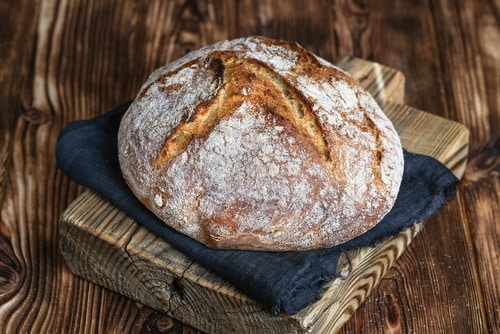
2. Inspect the Appearance
Sometimes you can differentiate between mold and flour simply by inspecting the appearance of the bread. White mold and flour are often different in colors.
While white mold is often a dull, dirty-white color, flour is a brighter white. Additionally, mold usually has a greenish-blue hue to it. If the spots appear greenish blue, then your bread is moldy.
You can also tell the difference between flour and mold by inspecting the appearance of the white spots over several days.

If the appearance of the white spots changes after a couple of days, then the spots are mold, and it is growing. If the appearance of the white spots does not change over time, then the spots are probably just flour.
It is a good idea to have a close look at your loaves of bread when you purchase them. This way, if new white spots appear on your bread a few days later, you will know that they are mold and not flour.
3. Odor
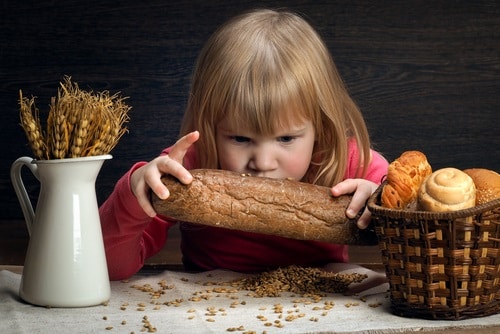
Moldy bread will have a musty, unpleasant odor. Flour has a neutral smell. While smelling the bread is an effective way to tell whether it is moldy or not, inhaling mold spores can be dangerous.
Breathing in mold spores can cause respiration issues and allergic reactions. With that being said, the white mold that grows on bread is not usually particularly harmful to inhale.
Do Not Eat Moldy Bread!
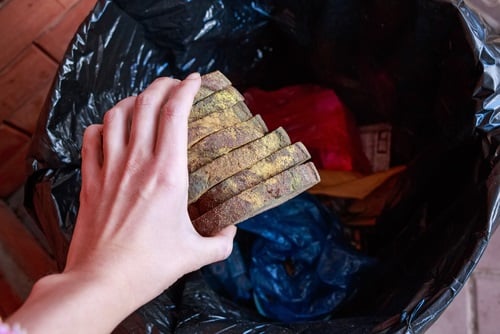
Both health experts and nutritionists cite the dangers of consuming moldy bread. Since bread is a soft food, it is easy for the mold roots to penetrate deep inside the bread.
This is why you cannot simply cut the moldy part off a loaf of bread and consume the rest. Once bread becomes moldy, you must discard the entire loaf. Consuming mold can cause both allergic reactions and respiratory issues.
Prevention is Better Than a Cure
- Bread boxes
Bread boxes provide a dark, dry, cool environment for your bread. A large bread box is ideal, as it ensures sufficient airflow.
It is best not to put more than one load of bread in the box at a time, as this will constrict airflow.
- Preservatives
Preservatives prevent mold from growing on bread for some time. Bread sold at supermarkets usually contains preservatives, whereas homemade bread often does not.
Buying bread that contains preservatives can help prevent mold from growing for a while. Remember that even preservatives cannot hold off mold forever. Throw bread away when it reaches its expiry date.
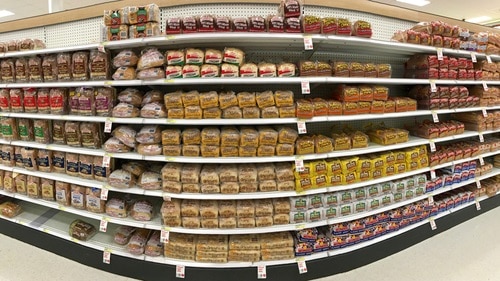
- Freezing
Freezing your bread can keep it fresh for up to 3 months. If your bread is unsliced, you should slice it before freezing.
This way, you can take a slice of bread out of the freezer at a time, rather than having to defrost the whole loaf. This will ensure that you have a steady supply of fresh bread for months to come.
- Refrigerate
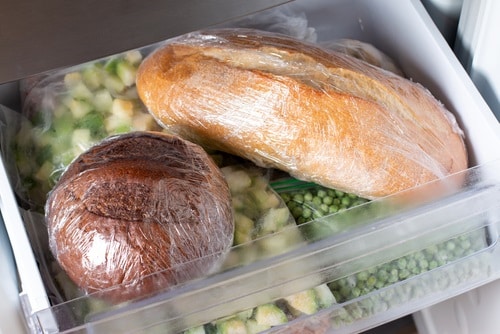
Refrigerate your bread. If you use bread daily, it might be a better idea to refrigerate it. This is especially effective in hot, humid climates.
Final Thoughts
With these tips and tricks up your sleeve, you should easily differentiate between flour and mold on bread.
Next time you are unsure whether the white spots on bread are flour or white mold, try scraping the white spots, inspecting the appearance of the bread, and smelling the bread.
Our methods of mold prevention will help you keep bread fresh for longer. Let us know in the comments below which method you prefer for telling if bread is moldy or not.
We’d also love to hear about your bread storage method and why it works for you.